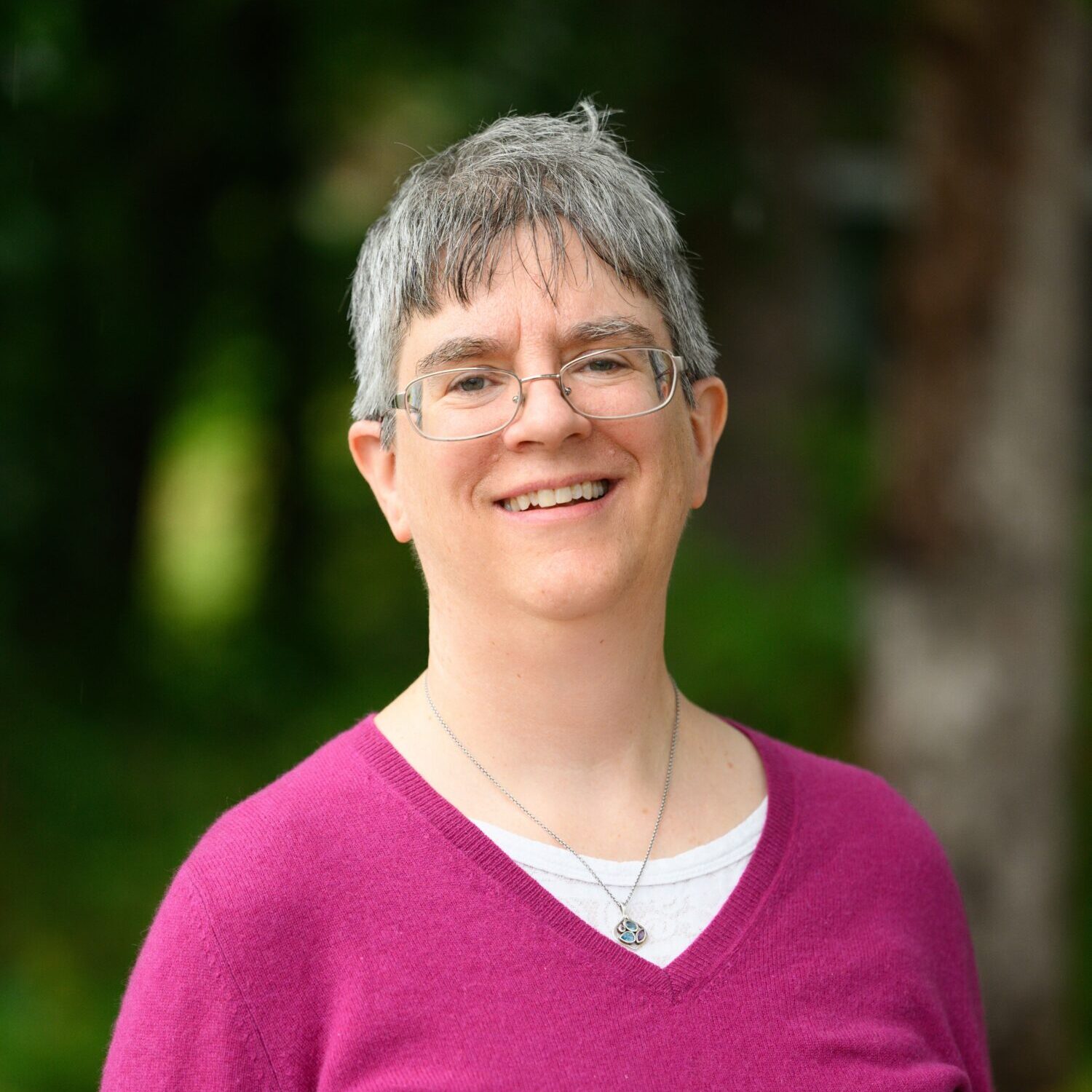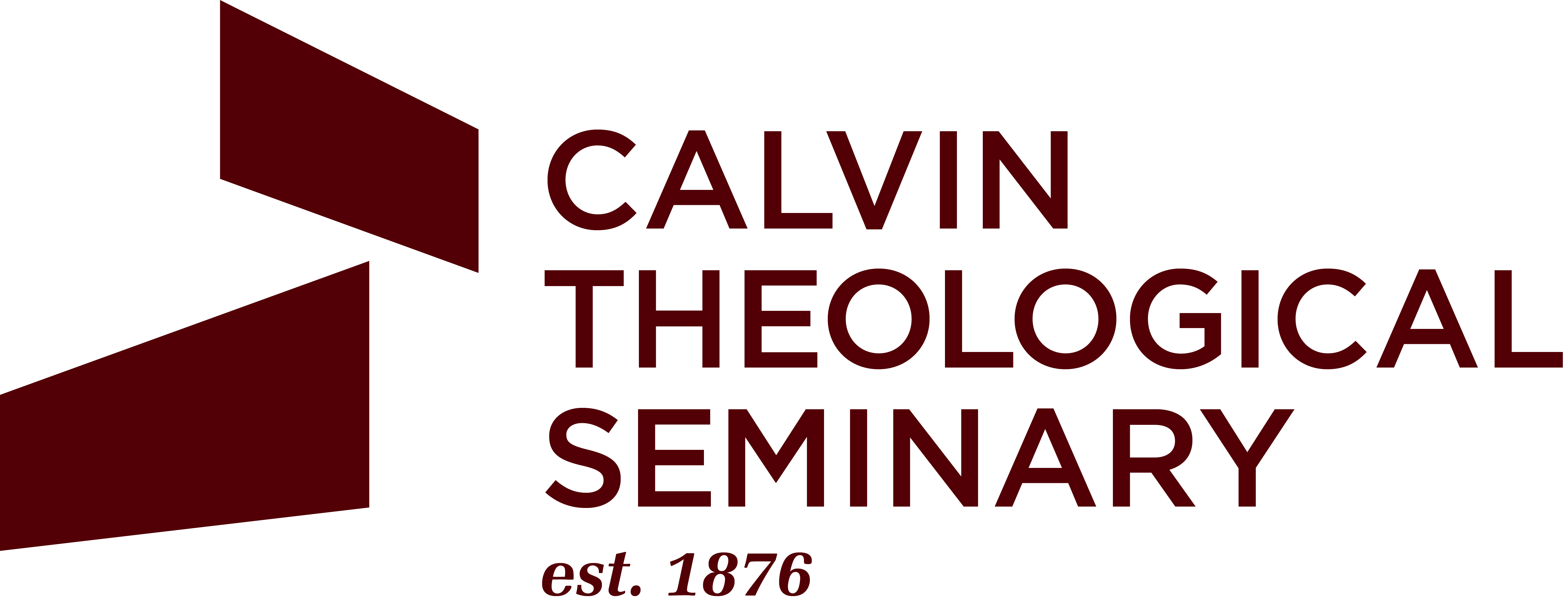The Canons of Dordt and their Historical Context

Published by Karin Maag
Director of the Meeter Center for Calvin Studies and Adjunct Professor of the History of Christianity; Co-Director of the Master of Theology (ThM) Program
Although the Canons of Dordt are one of the three core confessional documents of the Christian Reformed Church, many church members today have a hazy notion at best as to why this text was written and how it grew to play such a normative role for churches in the Reformed tradition, especially those with roots in the Netherlands.
To understand why the Canons became such a central document, we have to go back in time to revisit the political and religious situation in the Netherlands in the later sixteenth and early seventeenth centuries. The Canons of Dordt were officially adopted by delegates at the Synod of Dordt, which met in 1618-19, four hundred years ago. But the roots of the conflicts that led to the Canons stretch even further back.
By the last quarter of the sixteenth century, the seven provinces that made up the Dutch Republic (the Netherlands today) had taken some significant political and religious steps. By 1579, the seven provinces had joined together in a solemn agreement (the Union of Utrecht) to defend themselves militarily against the pressure of Catholic Spain. By 1581, the seven provinces had unilaterally deposed Philip II of Spain as their monarch. Instead, the seven provinces joined together to run their affairs in a loose confederation, first under the leadership of William of Orange, and then after his assassination in 1584, in an informal shared power arrangement between William’s son Maurice of Nassau and the leading Dutch statesman Johan van Oldenbarnevelt. Maurice of Nassau focused mainly on military leadership while van Oldenbarnevelt concentrated on day-today political affairs. The good working relationship between these two men broke down, however, as the younger Maurice increasingly resented van Oldenbarnevelt, and was suspicious of the older man’s willingness to negotiate an extended truce with Spain, the Dutch Republic’s archenemy. These simmering tensions between the two men were only exacerbated by being superimposed on an increasingly acrimonious debate between two factions within the Dutch Reformed church at the time.
Although the Dutch revolt from Spain broke ties with Roman Catholicism and made Calvinism the official faith of the Dutch Republic, this decision did not settle religious affairs in the republic. In fact, unresolved issues rapidly came to a head. At the root of these theological and ecclesiological conflicts were two different visions of the church. For the orthodox or hardline Calvinists, the situation was straightforward: although the visible church included everyone (both wheat and weeds, as in Jesus’ parable in Matthew 13), God from eternity knew His own, chosen not because of their great faith or piety but out of His grace. The orthodox Calvinists wanted to transform Dutch society into their vision of a more disciplined and pious faith community, along the lines of Reformed Geneva. Thus, they were strong proponents of the legitimacy of church discipline handled by pastors and elders. They saw the civil authorities primarily as upholders and enforcers of the church’s decisions. They also objected to what they saw as unwarranted interference of the government in church affairs when it came to selecting pastors, elders, or schoolteachers. Members of this group included pastors and professors across the Dutch Republic, including Franciscus Gomarus, professor of theology at the University of Leiden and the University of Groningen, and Sibbrandus Lubbertus, professor of theology at Franeker University.
By contrast, moderate or liberal Calvinists held very different views on these same issues. They broadly supported the right of the civil authorities to appoint pastors, elders, and schoolteachers, especially given that the government paid pastors and schoolteachers’ salaries. They tended to favor a measure of public religious toleration and held that the church should not administer church discipline independently, without government input and oversight. Theologically, they believed that God’s offer of salvation was open to all, and that those who were saved were those who responded affirmatively to God’s offer of salvation through faith in Jesus Christ. The upholders of these ideas included pastors and professors in the Dutch Republic, most notably Jacob Arminius, professor of theology at the University of Leiden from 1603 until his death in 1609. After his death, his supporters issued a document in 1610 known as the Remonstrance, outlining their ideas in five main points. The group thus got its name (Remonstrants) from the title of their document.
In response, their opponents published their own document, known as the CounterRemonstrance, in 1611. Crucially, they also gained the support of Maurice of Nassau, who threw his weight behind these theological traditionalists in order to gain leverage against van Oldenbarnevelt, who supported the moderate faction within the Dutch Reformed church. By the second decade of the seventeenth century, therefore, the political and religious situation within the Reformed community in the Dutch Republic was very fraught. In August 1618, after van Oldenbarnevelt had established armed city militias in the province of Holland ostensibly to keep the peace but in practice to protect the moderate factions in the Dutch Reformed church, Maurice had him arrested on charges of treason. Meanwhile, the hardliners within the Dutch Reformed church agreed that the only way to bring an end to the doctrinal and ecclesiological conflicts was to call together a synod. In order to give its decisions more legitimacy, the church leadership and the government decided to hold an international synod, inviting a number of delegates from other Reformed churches across Europe to attend.
The Synod of Dordt got underway in November 1618, with nearly a hundred delegates in attendance, including representatives from Geneva, England and Scotland, and the German lands. Given the range of mother tongues among the delegates, the sessions took place in the common language every educated man knew, namely in Latin. The four French Huguenot delegates who had been invited were unable to come, due to the refusal of King Louis XIII to allow them to attend. Delegates addressed a number of matters of concerns in the church, including commissioning a translation of the Scriptures from the original Hebrew and Greek into Dutch (the Statenvertaling), revising the church order, and examining catechetical instruction and the training of pastors. Their main focus, however, was to resolve the theological controversy over the doctrine of election. To that end, thirteen pastors and professors representing the Remonstrant position were summoned to attend the Synod’s meetings. Their group was dwarfed by the number of delegates upholding traditionalist positions. However, already from the start of the proceedings, both sides approached the gathering from very different perspectives. The Remonstrants held that they were participating in a conference or a debate to discern the truth of the matter. Their opponents, however, believed that the Remonstrants were being tried for their theological views before a body of their peers. Given the weight of numbers on the Counter-Remonstrant side, the issue was never in doubt. By January 1619, the Remonstrant delegates were ejected from the synod, and by May 6, 1619, their opponents had crafted and ratified the Canons of Dordt, to refute the Remonstrants’ views and uphold the Counter-Remonstrants’ position on double predestination and election. The international delegates present at the synod voted in favor of the Canons of Dordt as articulating truly Reformed theology. However, the only church body outside the Dutch Republic that officially adopted the Canons was the French Huguenot church, even though their own delegates never attended the Synod.
How do we know that our salvation is secure?
The victory of the hardliners at the Synod of Dordt mirrored the triumph of Maurice of Nassau and his allies over van Oldenbarnevelt and his supporters. In May 1619, van Oldenbarnevelt was publicly beheaded after a show trial. Other men in his circle were sentenced to imprisonment or banishment. Meanwhile, the Dutch Reformed churches quickly made use of the Canons to enforce Calvinist orthodoxy in their communities. All pastors, professors, and schoolteachers had to sign their names to the document, confirming that they would uphold its teachings. Those who refused were dismissed from their posts. In the end, two hundred pastors were dismissed. Many of them were also then banished from the territory of the Dutch Republic, only returning after Maurice’s death in 1625.
How does knowing more about the historical context of the Canons of Dordt help church members today understand the enduring value of the Canons? First, it is worth remembering that no theological controversy takes place in a vacuum. The Canons were written in response to a very specific conflict within Dutch Reformed Christianity over how the doctrines of predestination and election should be taught. Bearing this context in mind helps modern-day Christians interpret the often-polemical tone of the document. Second, at the heart of the seventeenth century debates are issues that still resonate for believers today: what role does our response in faith to God’s offer of salvation in Christ play in the process? How do we know that our salvation is secure? If we fall away from God, does he turn away from us? The Canons of Dordt does not shy away from these big issues and offers a rich and enduring resource to address these questions together.
Share
Visit Calvin Theological Seminary’s Campus
We can’t wait to host you on campus! Schedule your visit today, or, if you need more time to find a date that works for you, please request information so we can continue the conversation about supporting your calling!
